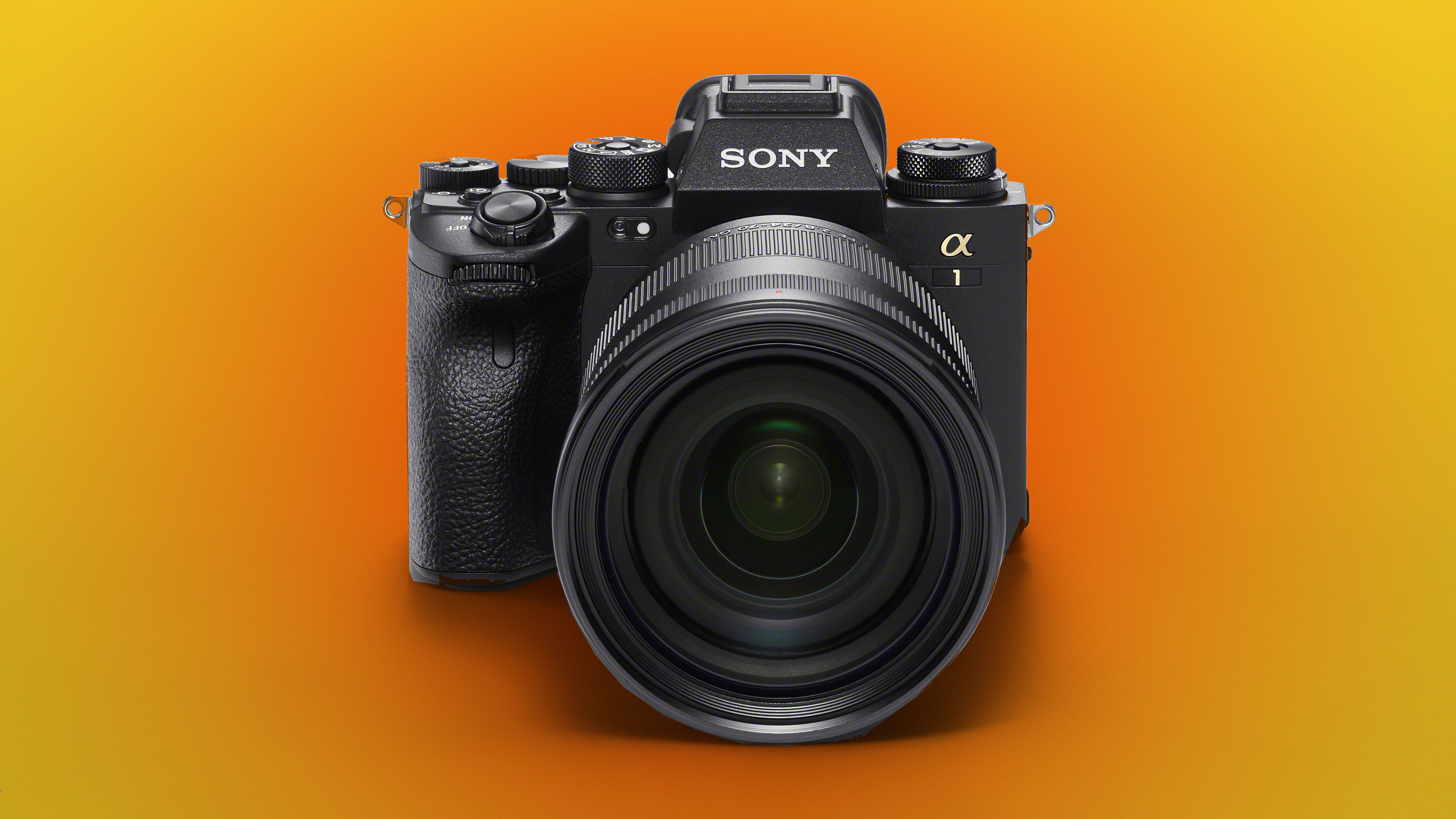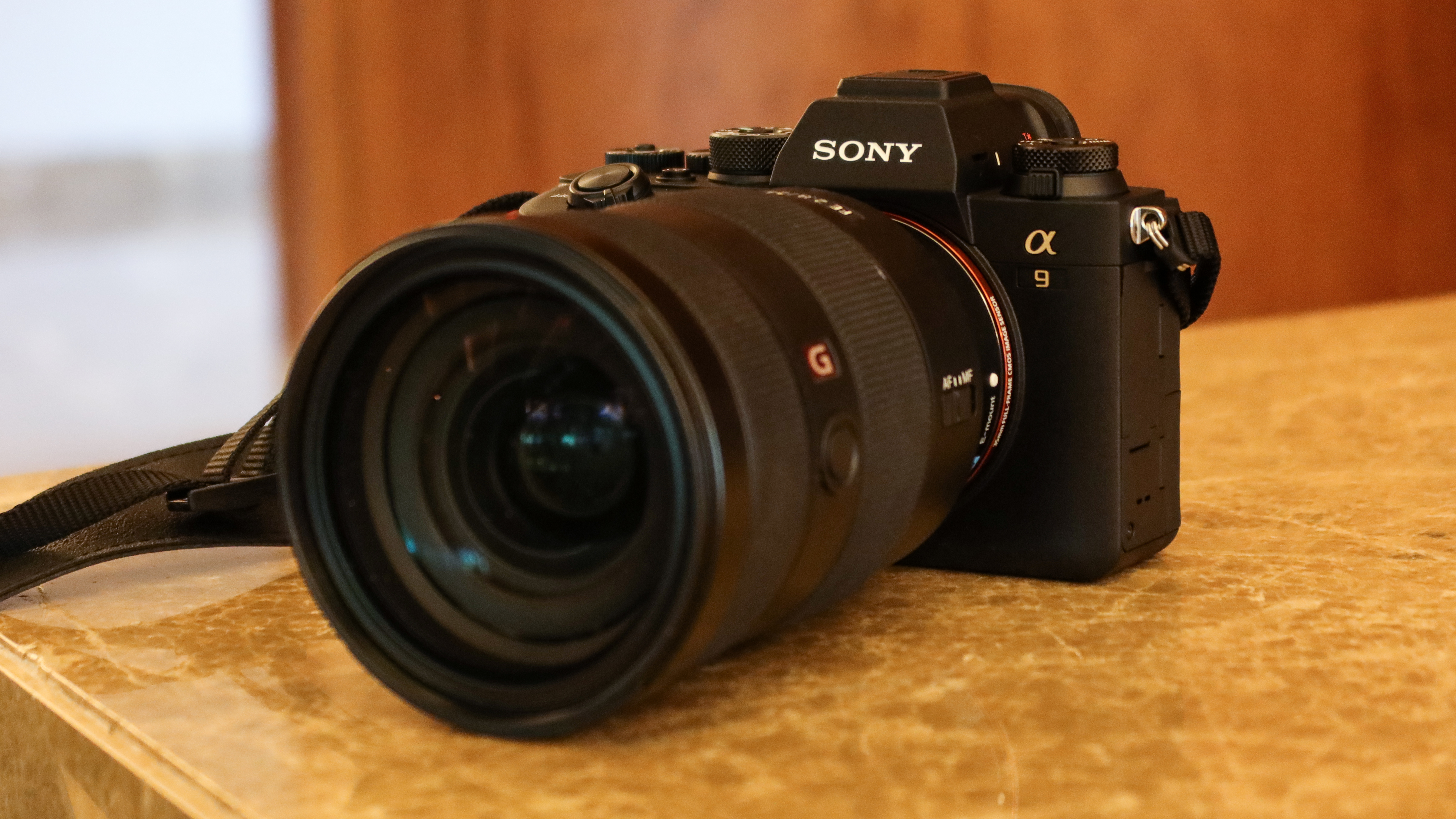Is the new Sony A1 TOO good? Did Sony just kill the A9 II and the A7S III...?
"Everything you can do, I can do better." That could be the Sony A1’s theme tune – but will this backfire for Sony?

The Sony A1 was one of Sony’s best-kept secrets ever, and it’s a spectacular technical achievement. It’s a camera that offers everything all at once – huge resolution, incredible burst mode frame rates and, as if that wasn’t enough, 8K video.
Amazing. Equally amazing, of course, is the price. This kind of technology doesn’t come cheap, but when a camera can pull off three huge feats at the same time, well, the price shouldn’t be too much of a surprise.
But hang on. What does this mean for two other Sony Alpha pro cameras, both quite new recently updated: the Sony A9 Mark II and the Sony A7S Mark III?

Where does the Sony A1 leave the A9 Mark II?
We’re not going to drill down into every last specification, but the blunt fact is that the A1 offers a 50% faster continuous shooting speed than the A9 II, with a generous buffer capacity, the added convenience of lossless compressed raw files and a blackout-free EVF with twice the resolution. The A1 also has CFexpress Type A compatibility, more AF points and checks focus and AF at twice the speed – 120 times a second versus 60.
If these features appeared in a future Sony A9 Mark III we’d say that was a decent upgrade, but the fact is the A1 already has them, and it doesn’t just thrash the A9 II, it does it with twice the resolution and 8K video.

Where does the Sony A1 leave the A7S Mark III?
The Sony A7S Mark III is an amazing 4K video camera, but the A1 is equally amazing, matching the headline video specs of the A7S III but adding in 8K video too.
It’s true that 8K is not yet widely used, and that many videographers are very happy shooting 4K with no immediate plans to change. And Canon’s experience with the EOS R5 and its overheating issues has shown that 8K capture comes with some caveats.
Get the Digital Camera World Newsletter
The best camera deals, reviews, product advice, and unmissable photography news, direct to your inbox!
But still, why get the 4K A7S III when you can get an 8K A1 with four times the resolution that you can also use for high-quality stills? We wouldn't expect the A1 to match the A7S III's low light performance, but that's one of the older camera's few advantages.
Does it come down to price?
We think it does. Remarkable as the Sony A1 might be, it costs 50% more than the Sony A9 II and the A7S III. If your speciality is video, or action/sports photography, it’s a pretty expensive step up and you may be paying for capabilities you don’t need.
And as for resolution, if that’s what you’re interested in the Sony A7R Mark IV has 61MP compared to the Sony A1’s 50MP, and it’s half the price. Don’t forget the A7R IV can also shoot 4K video (though it might not be your first choice for video) and can itself shoot at 10fps.

I want it all, I want it now
Sony has pulled off an amazing technical achievement with the A1. Its combination of resolution, 30fps continuous shooting and 8K video is extraordinary and would previously have needed three separate and specialised cameras.
HOWEVER, you have to need all of it for the outlay to make sense. Amateur photographers may lust after the A1’s ground-breaking combination of capabilities, but professionals are a hard-headed bunch who won’t invest in what they don’t need, and will often favor equipment that does what's necessary and no more, especially if it means saving money, or freeing up cash for lenses or other important items.
The Sony A1 might appear to make the Sony A9 II and Sony A7S III look redundant, but there’s a bit more to it than that. There’s also no escaping the price. This is a 50MP full frame camera that costs more than Fujifilm’s 100MP medium format GFX 100s. That’s a completely different camera, of course, but it does put the Sony A1’s pricing in perspective.
• Even taking all of this into account, the Sony A9 II and A7S III don't come out of this too well. They need big upgrades or big price drops, because at the moment they are two-thirds the price of the A1 without being two-thirds as good!
Read more:
• Sony A1 announced
• Sony A1 vs A9 II vs A7R IV
• Sony A9 II review
• Sony A7S III review
• Best professional cameras

Rod is an independent photography journalist and editor, and a long-standing Digital Camera World contributor, having previously worked as DCW's Group Reviews editor. Before that he has been technique editor on N-Photo, Head of Testing for the photography division and Camera Channel editor on TechRadar, as well as contributing to many other publications. He has been writing about photography technique, photo editing and digital cameras since they first appeared, and before that began his career writing about film photography. He has used and reviewed practically every interchangeable lens camera launched in the past 20 years, from entry-level DSLRs to medium format cameras, together with lenses, tripods, gimbals, light meters, camera bags and more. Rod has his own camera gear blog at fotovolo.com but also writes about photo-editing applications and techniques at lifeafterphotoshop.com
